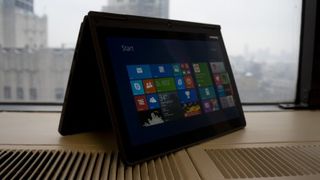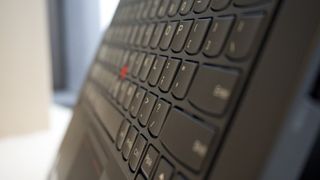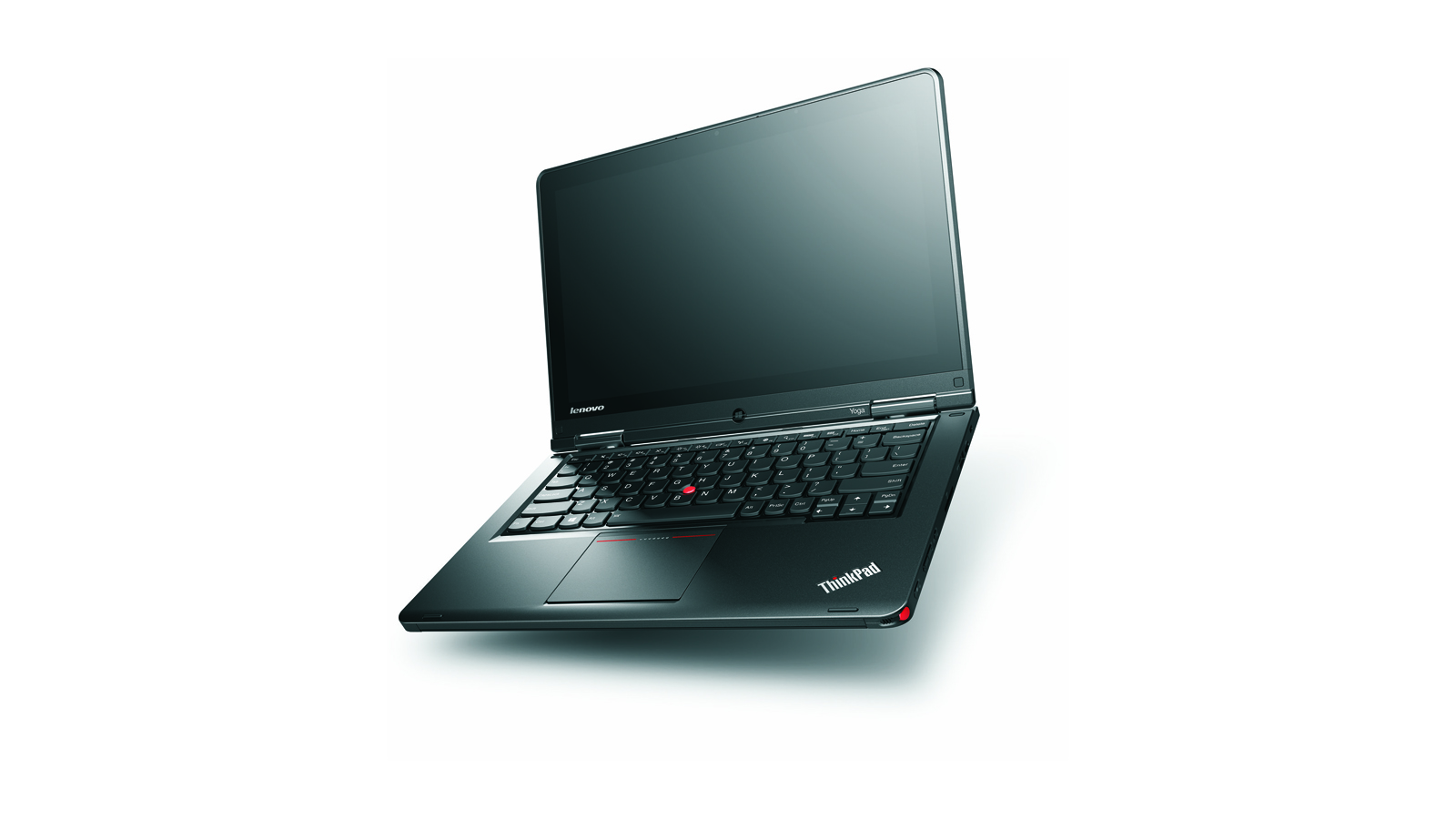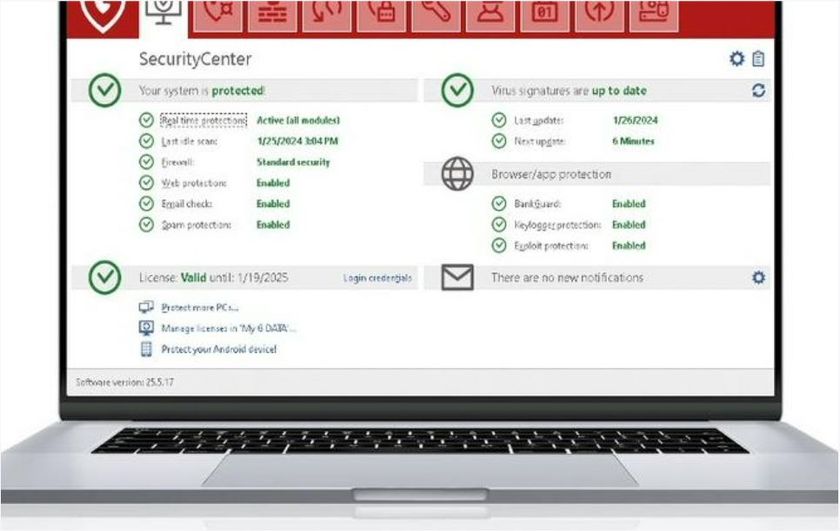TechRadar Verdict
Lenovo uses Yoga style to craft a speedy, stylish ThinkPad ultrabook, but Yoga tablet modes don't offer enough for business users.
Pros
- +
Gorgeous thin design
- +
Fantastic performance
- +
Brilliant FHD touch screen
- +
Brand new keyboard tech
Cons
- -
Little use for tablet modes
- -
Sacrifices I/O for form factor
- -
Short on storage to start
- -
Pricey by comparison
Why you can trust TechRadar
Lenovo's flexible Yoga line of consumer ultrabooks brought finesse and style to the Windows 8 laptop experience. Frankly, the Yoga series is one of the best displays of what the hybrid laptop is capable of, regardless of popular thoughts on the category. But deftly switching between a notebook and three quasi-tablet devices has been for casual users only—until now.
This is the ThinkPad Yoga, a fusion of Lenovo's flagship consumer and professional laptops into the sleekest ThinkPad yet at 0.74 - 0.76 inches thin. But with the Yoga 2 Pro already on the scene, which we were quite fond of, what's the difference?
For one, this ultrabook comes packing a 12.5-inch, 1920 x 1080 FHD, Gorilla Glass panel with 10-point multi-touch control. It's certainly not the Yoga 2 Pro's razor sharp 3200 x 1800 QHD+ screen, but what does the professional need that many pixels for?

As for aesthetics, the Yoga 2 Pro sports a soft touch finish throughout (even on its touchpad), whereas the ThinkPad Yoga is completely housed in a magnesium alloy frame that felt almost matte under my fingers. This is also the only Yoga with IBM—er, Lenovo's—trademark touchpad, red TrackPoint mouse and illuminated logos on the lid and palm rest.
Finally, the ThinkPad Yoga comes installed with Windows 8.1 Pro, giving users access to enterprise features like remote desktop access, native data encryption, virtual hard drive creation and more. However, Lenovo omitted fingerprint security from this notebook, a staple for most business laptops.
But first, an important note: few comparable, professional-level hybrid laptops at this size have passed through the TechRadar staff's hands. The Yoga 2 Pro, 13-inch MacBook Air (which is gaining traction in the business world) and ThinkPad T440s will have to do.
Business up front, party around the back
There's another major difference between the ThinkPad Yoga and its cousin: Lenovo's new "Lift 'n' Lock" keyboard. Lenovo wouldn't dare change up its lauded chiclet keyboard design, but this rendition appears to recede into the chassis as you bend the screen toward the bottom of the ultrabook. In reality, the keyboard frame rises to meet flush with the keyboard deck and palm rest—an "engineering optical illusion," Lenovo touts.

That's right, Lenovo's zinc alloy hinge returns, allowing this ultrabook to bend a full 360 degrees. This feature brings the Yoga line's four use modes to the ThinkPad: the standard notebook mode, a stand mode that rests on the keyboard's face, a tent mode that stands at a 270-degree angle and a full-blown tablet mode with the keyboard face around back. And with the "Lift 'n' Lock" keyboard, these modes are considerably more comfortable than on previous Yoga laptops, especially the tablet mode.
With the Yoga 2 Pro, the keyboard often got in the way of the tablet experience. Regardless of the ThinkPad Yoga's new and improved keyboard, this hybrid laptop still makes for a hefty tablet at 3.52 pounds. (And we thought the 3.06-pound Yoga 2 Pro made for a heavy slate.) You won't be holding this hybrid laptop in tablet mode comfortably with one hand for long.
As for the ThinkPad Yoga's other modes—stand and tent—they turn out to be more useful for consuming content than creating it. While watching TV at home, this ultrabook in tent mode proved to be a fine second screen, mostly to browse the web, order dinner from Grubhub and play Angry Birds. To that end, it works out beautifully, thanks in large part to the hybrid's snappy and responsive touch screen.
Joe Osborne is the Senior Technology Editor at Insider Inc. His role is to leads the technology coverage team for the Business Insider Shopping team, facilitating expert reviews, comprehensive buying guides, snap deals news and more. Previously, Joe was TechRadar's US computing editor, leading reviews of everything from gaming PCs to internal components and accessories. In his spare time, Joe is a renowned Dungeons and Dragons dungeon master – and arguably the nicest man in tech.
Most Popular





